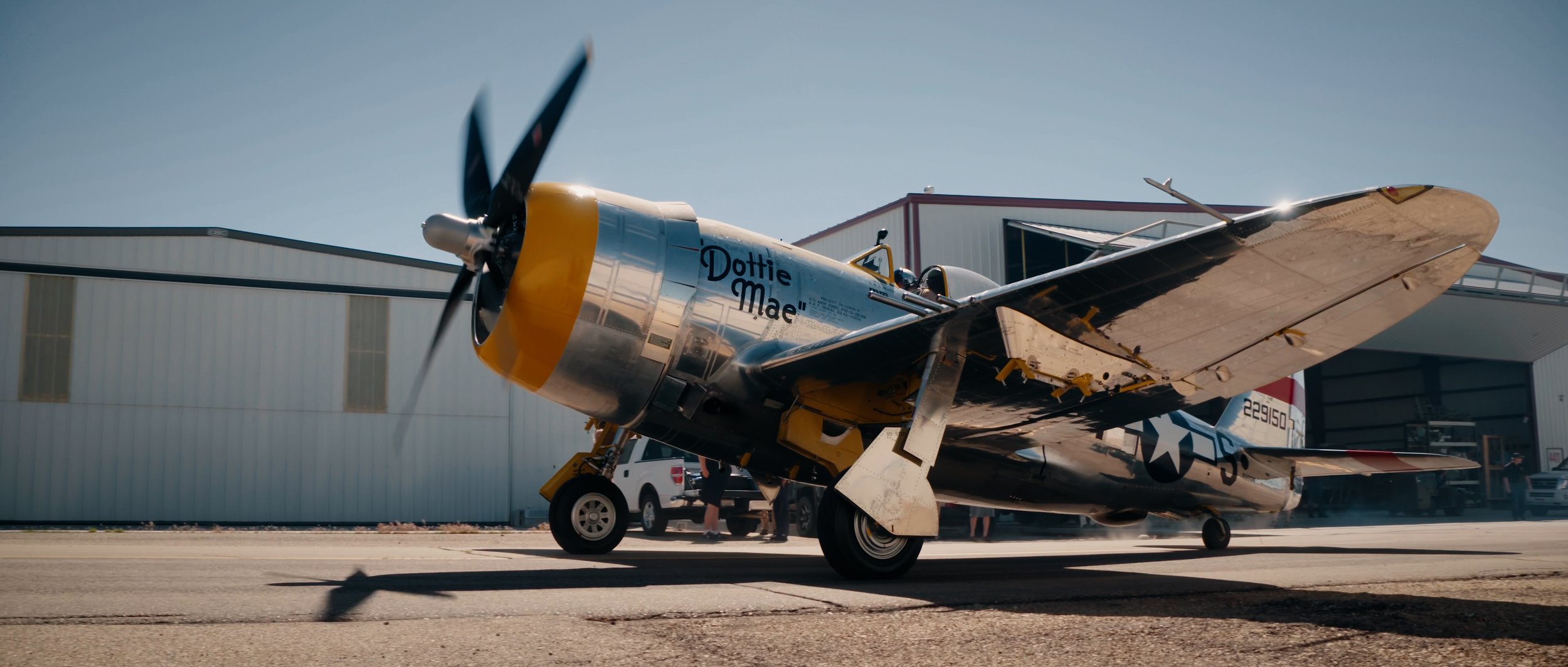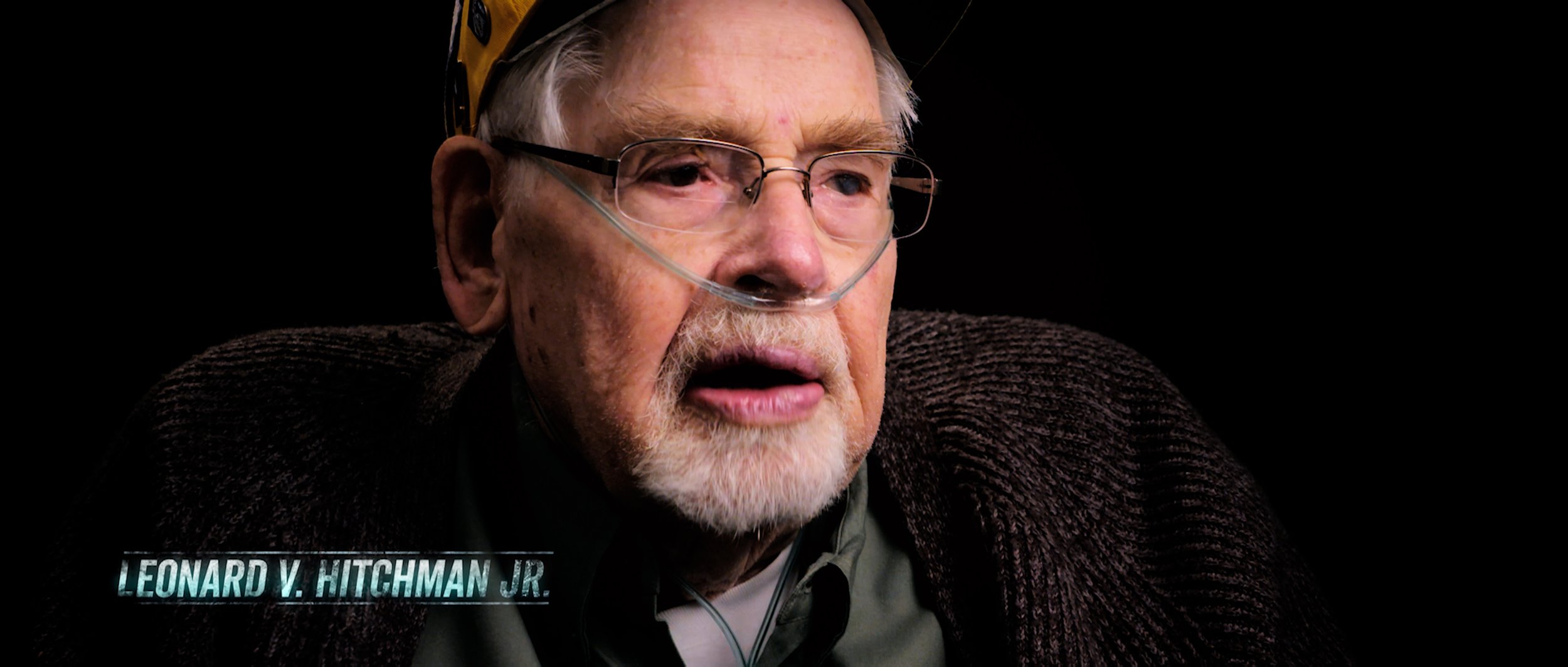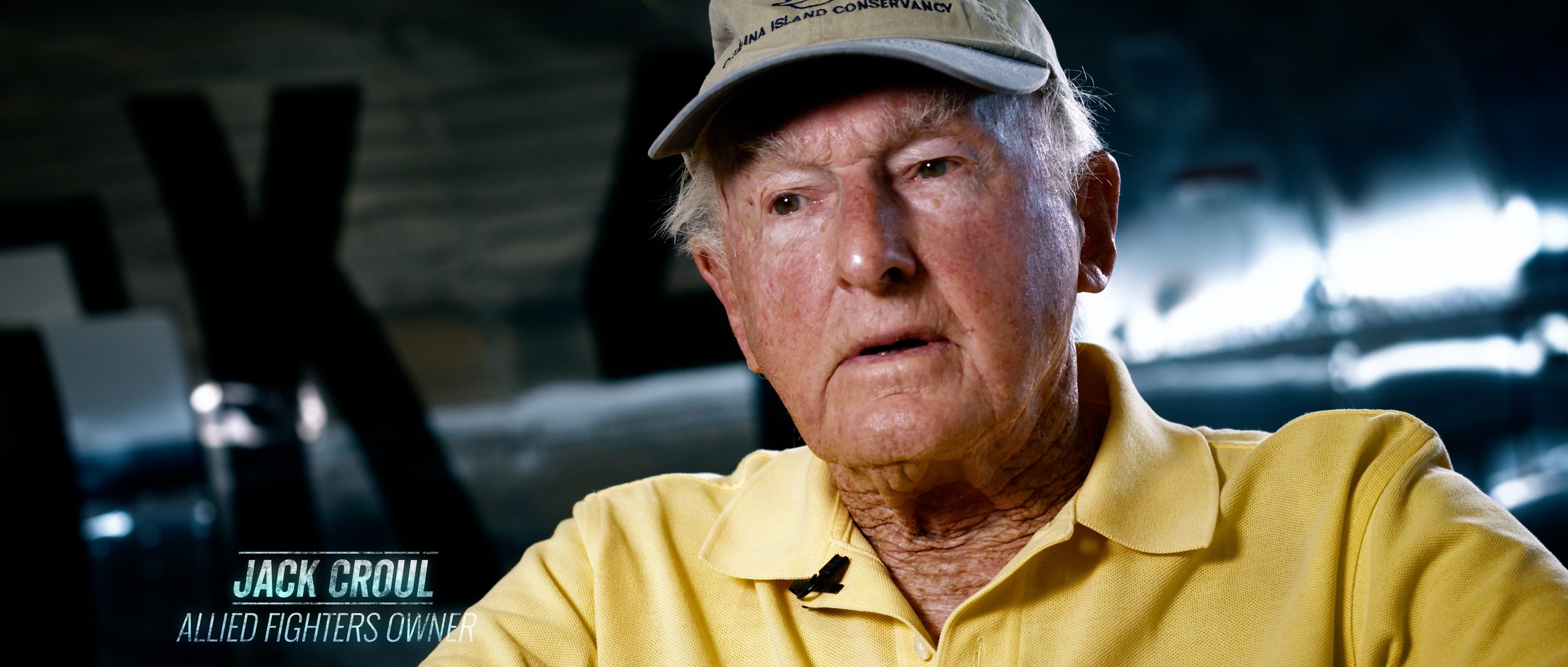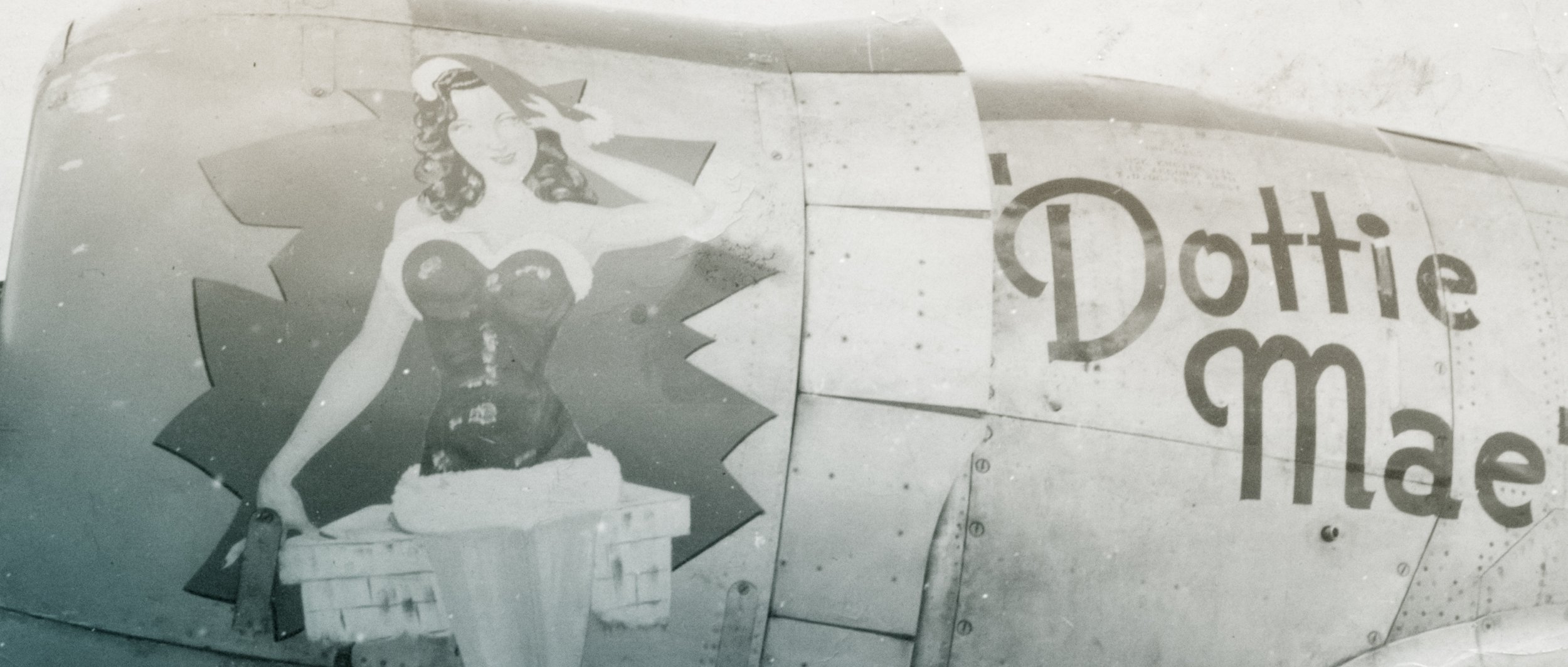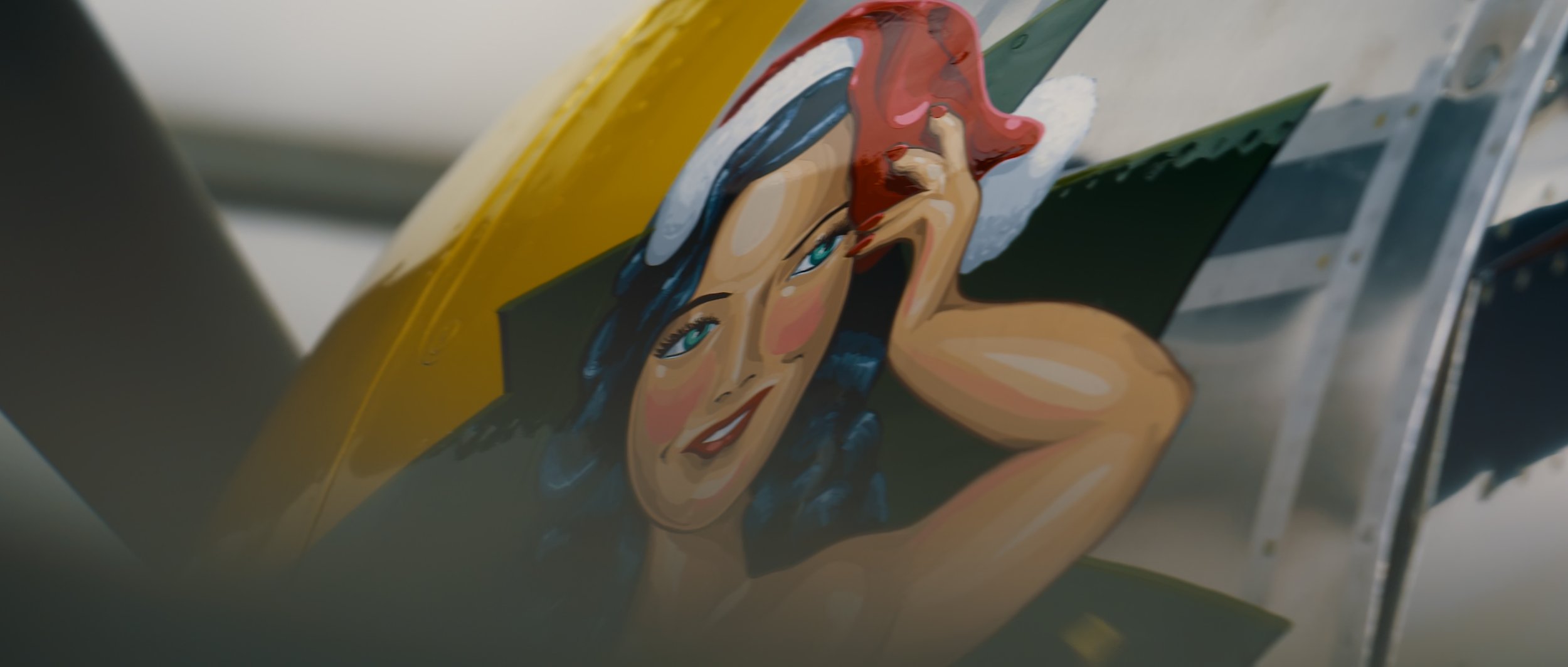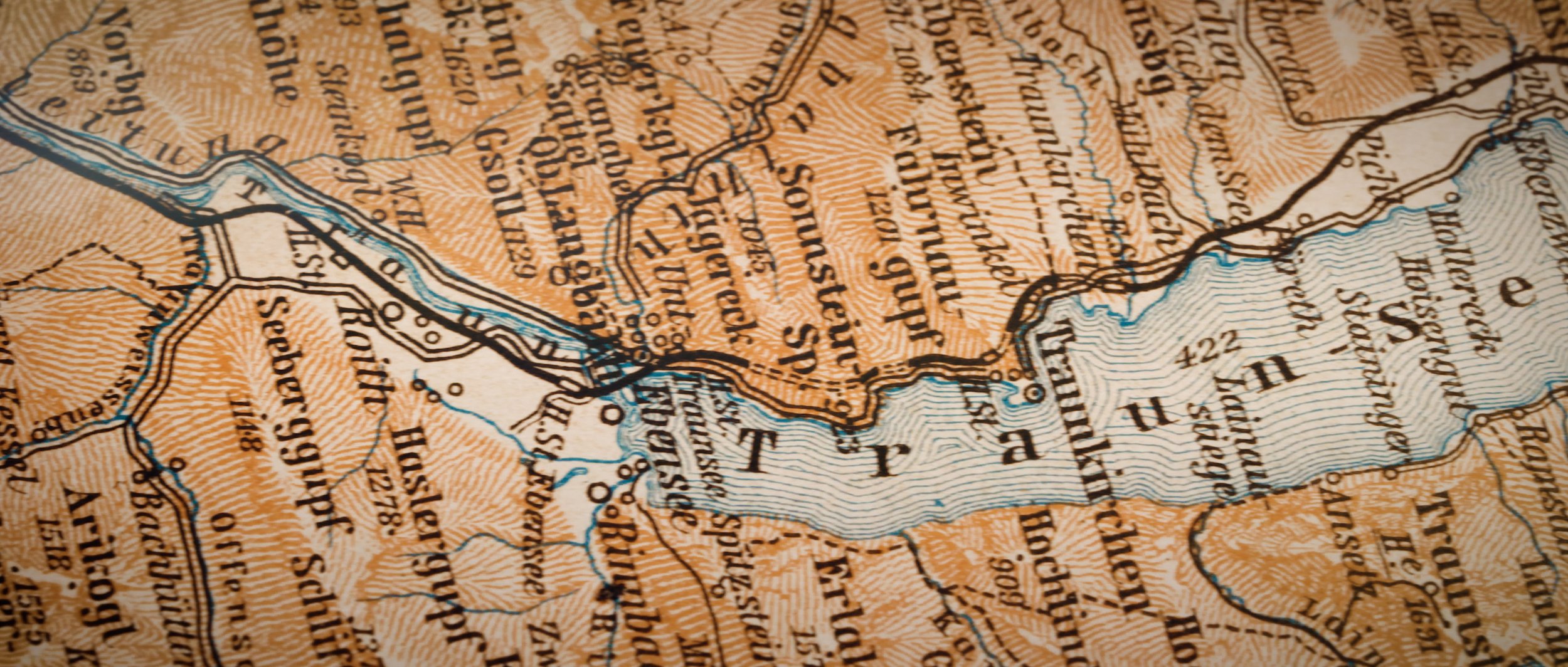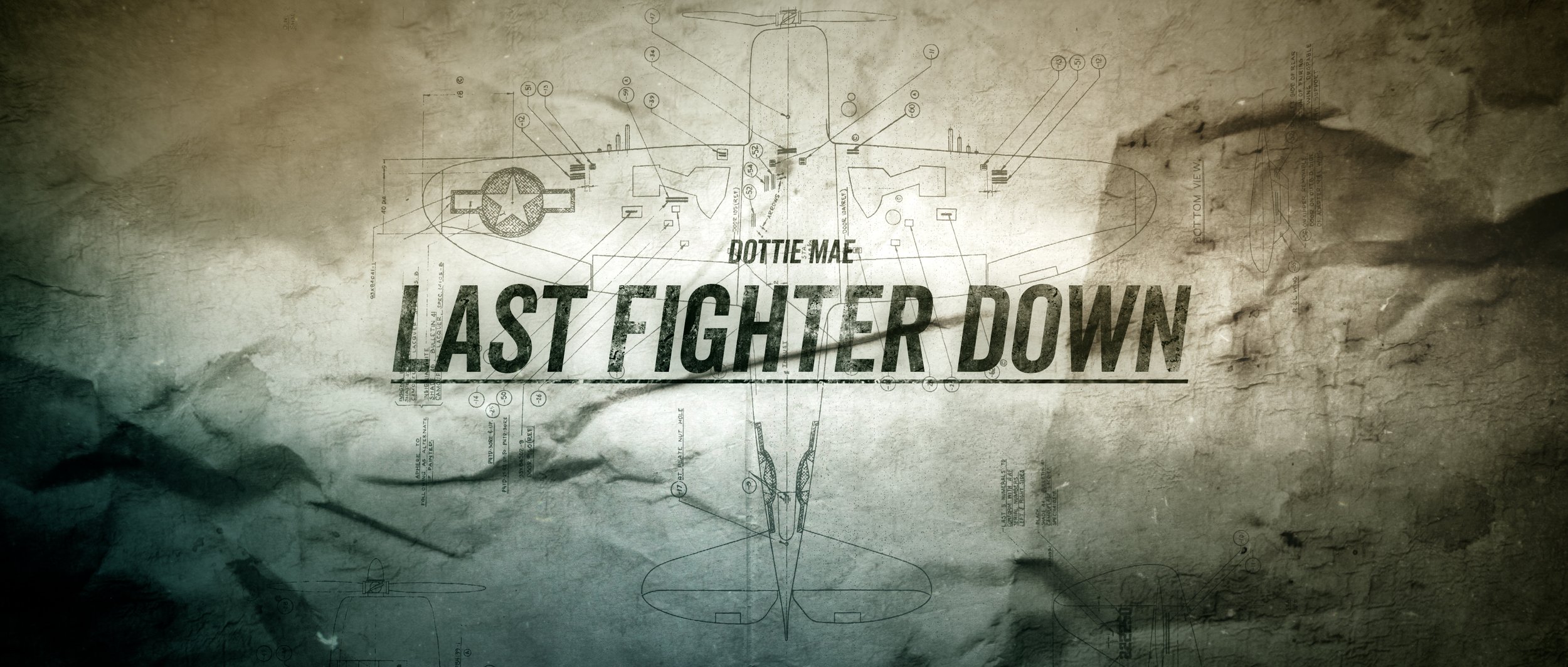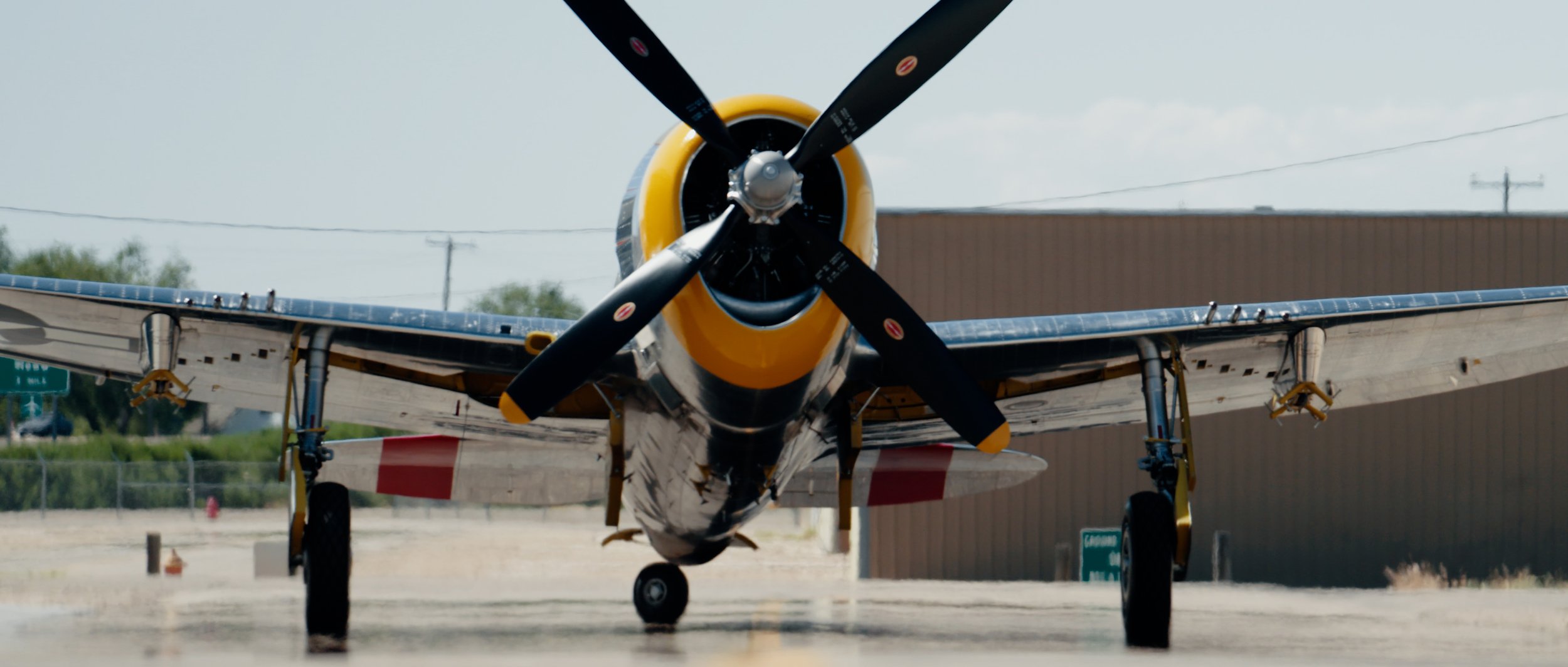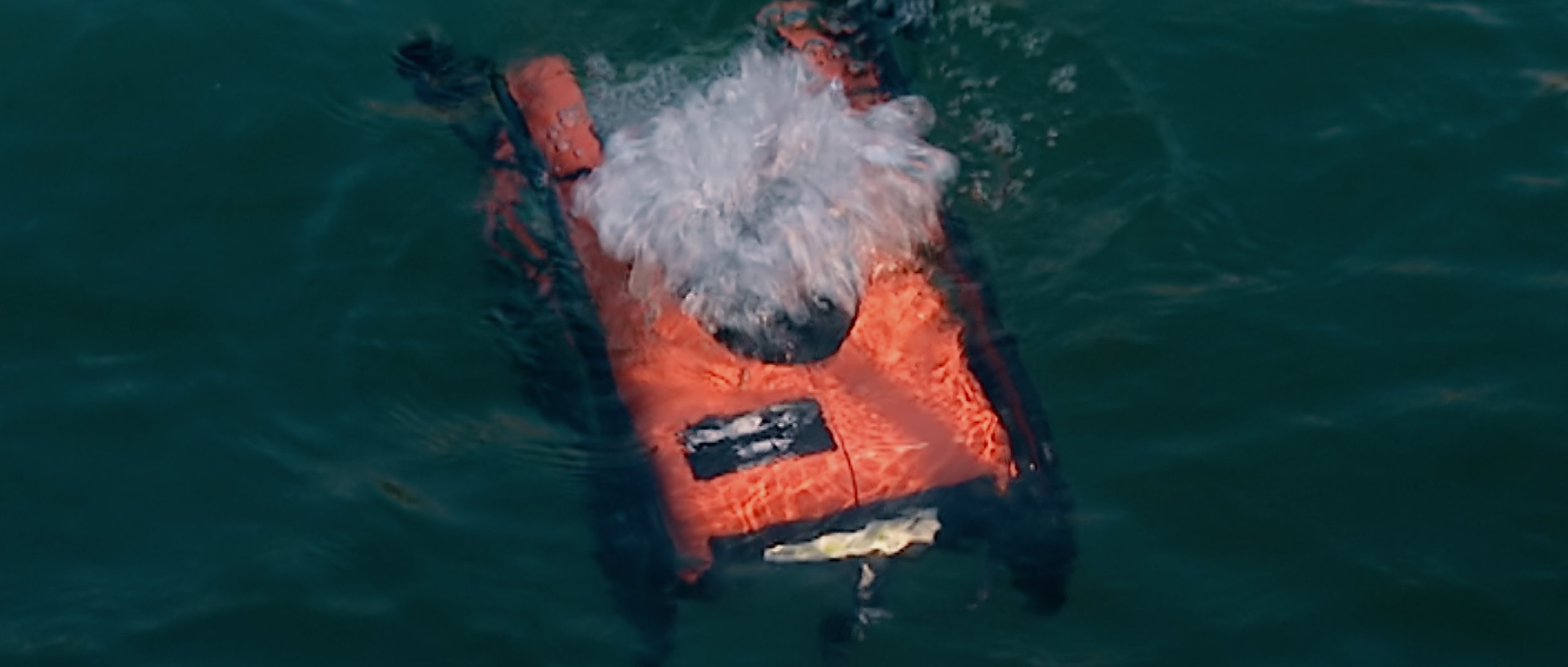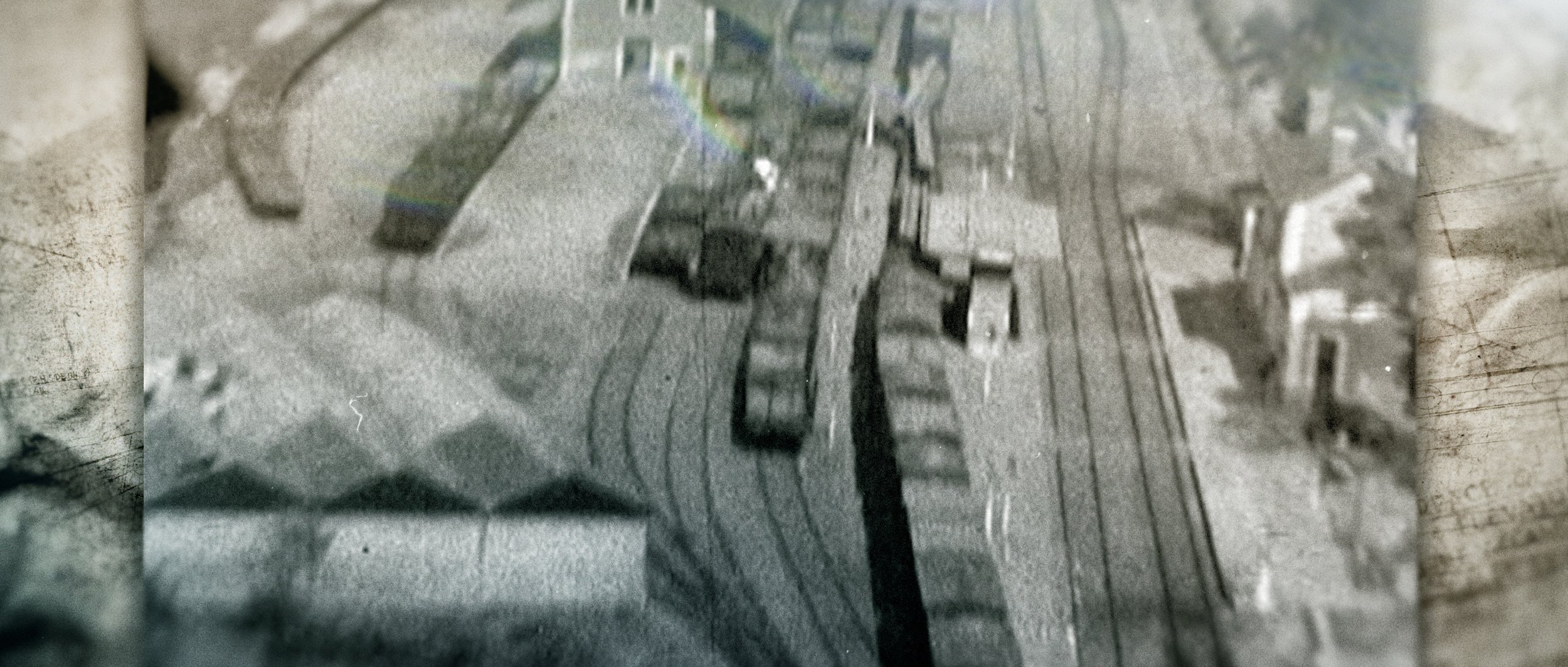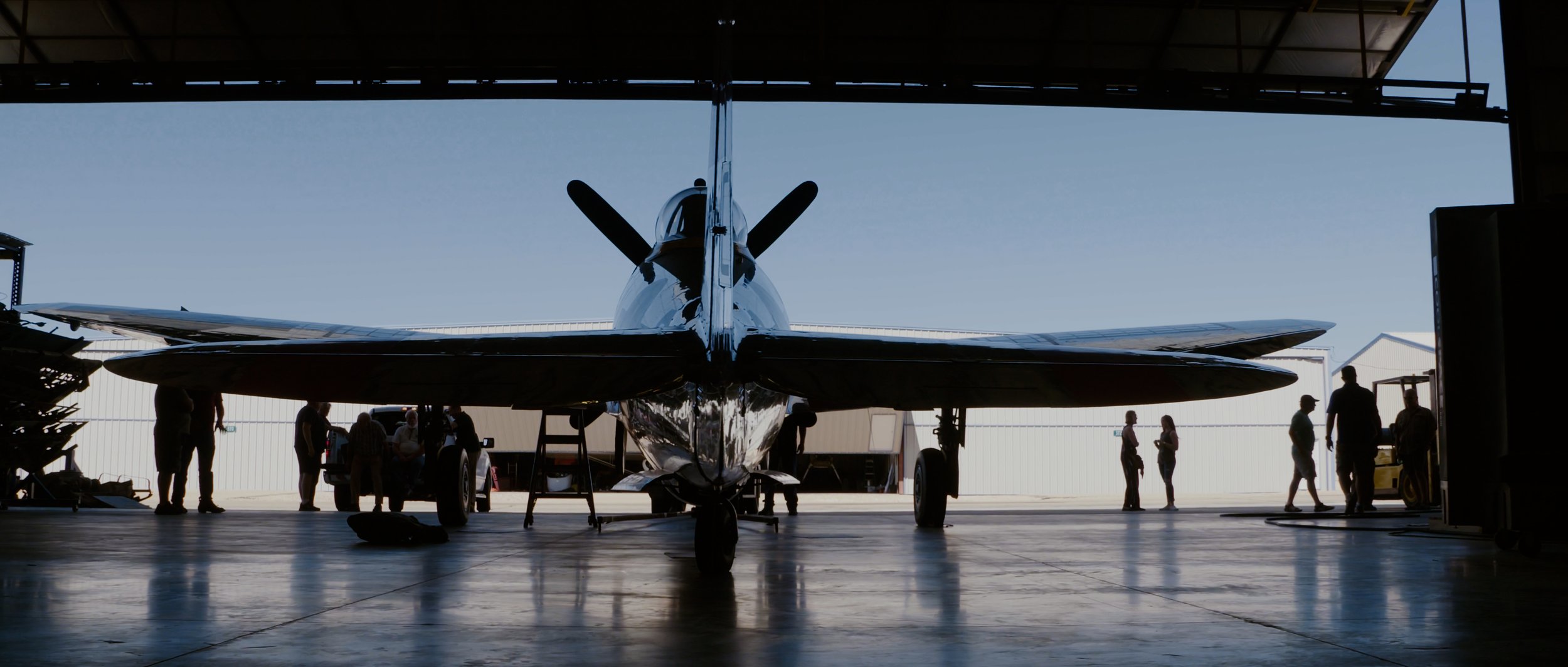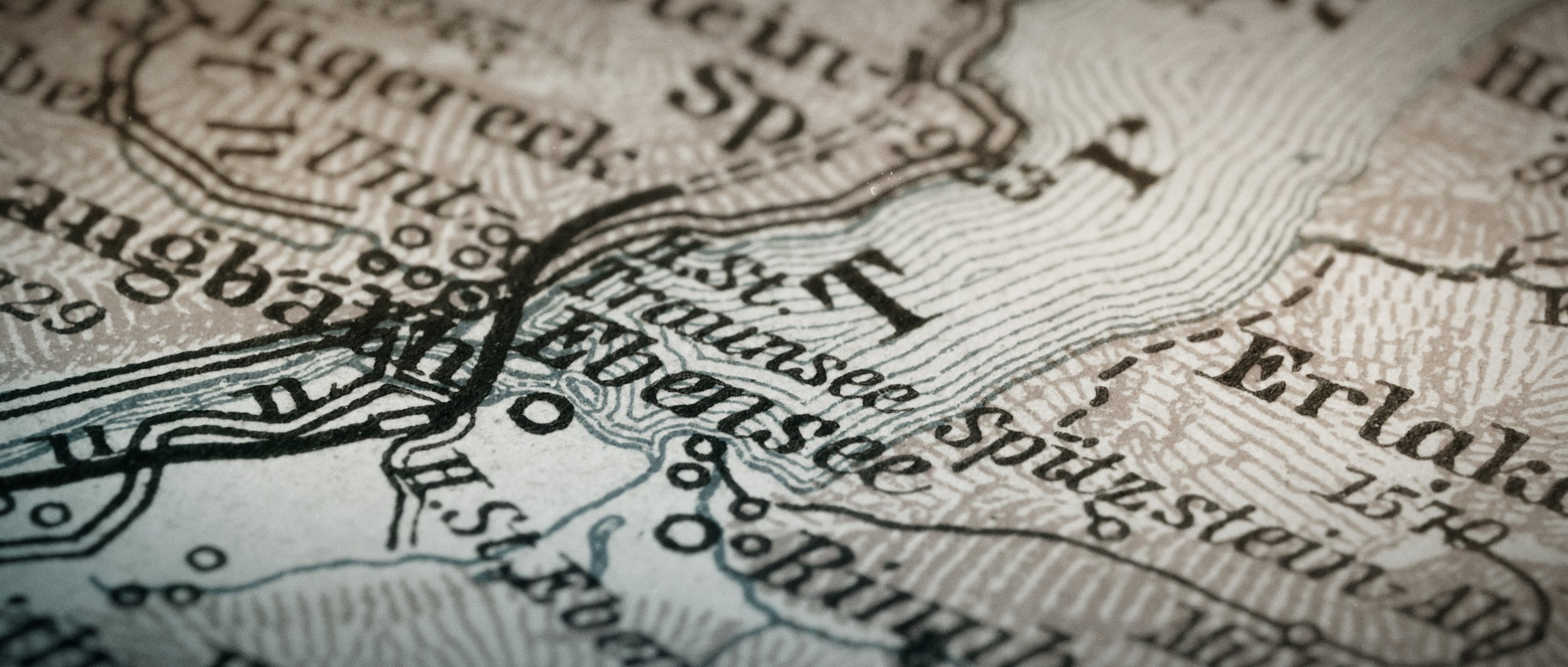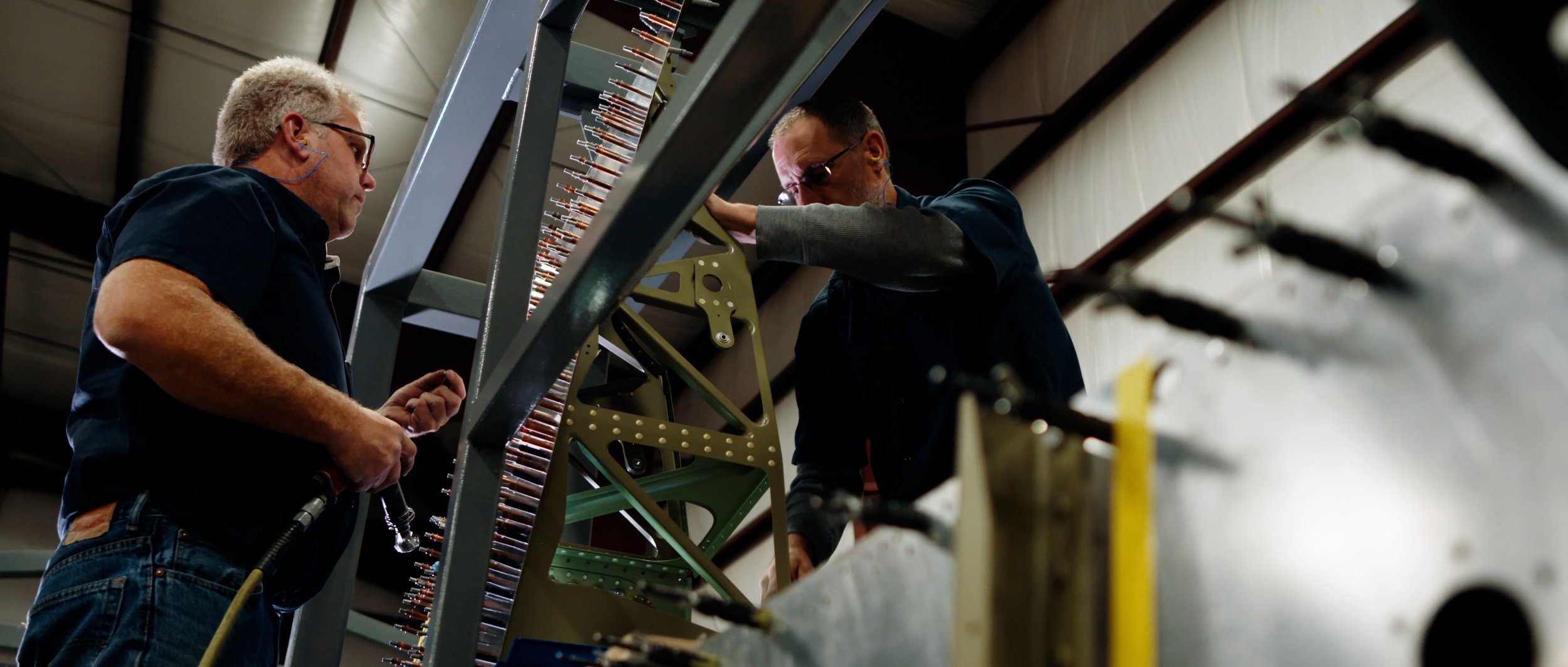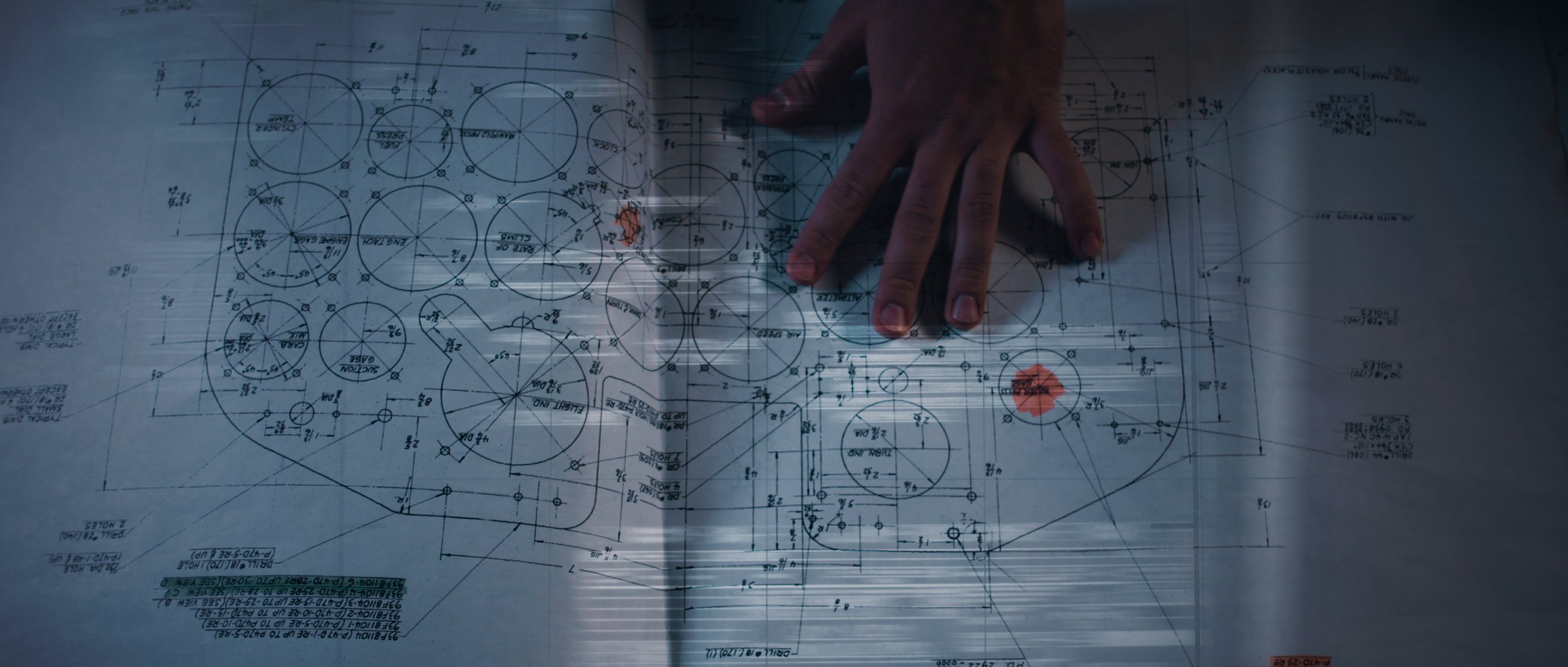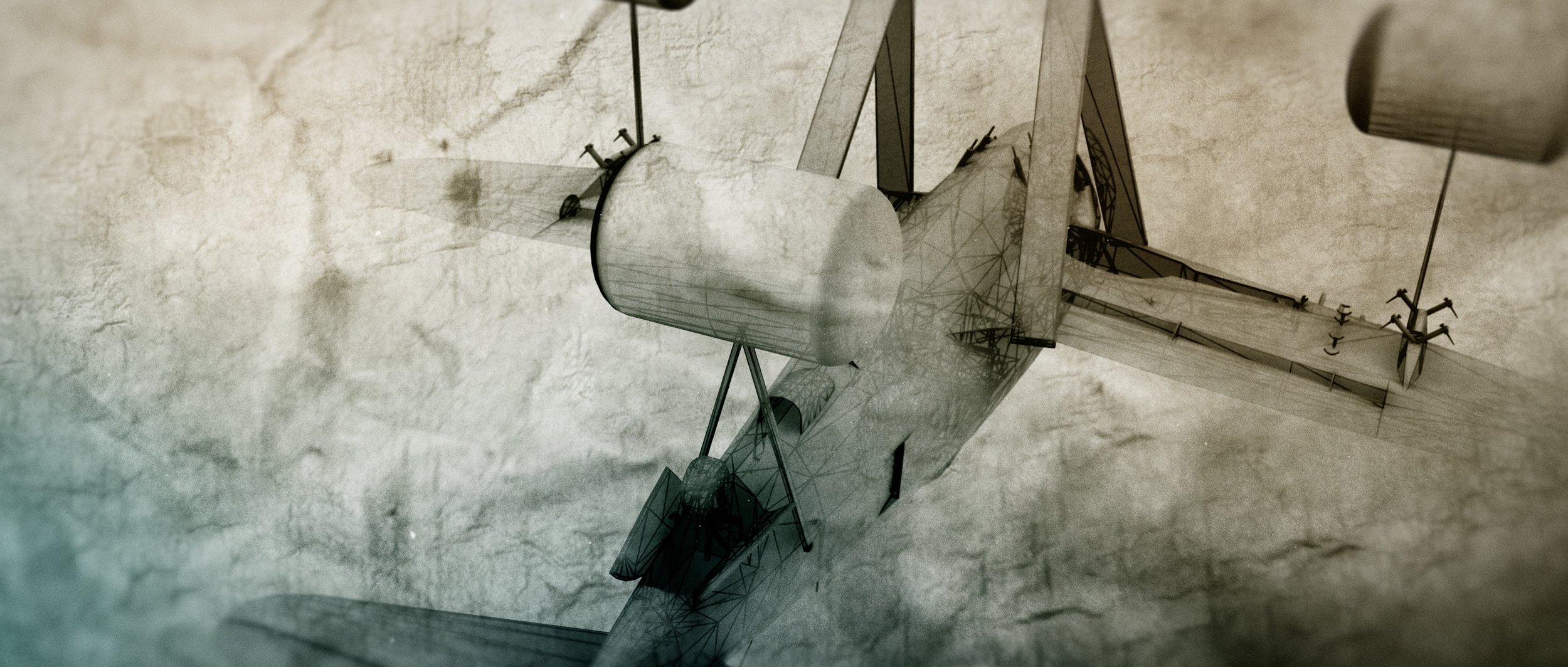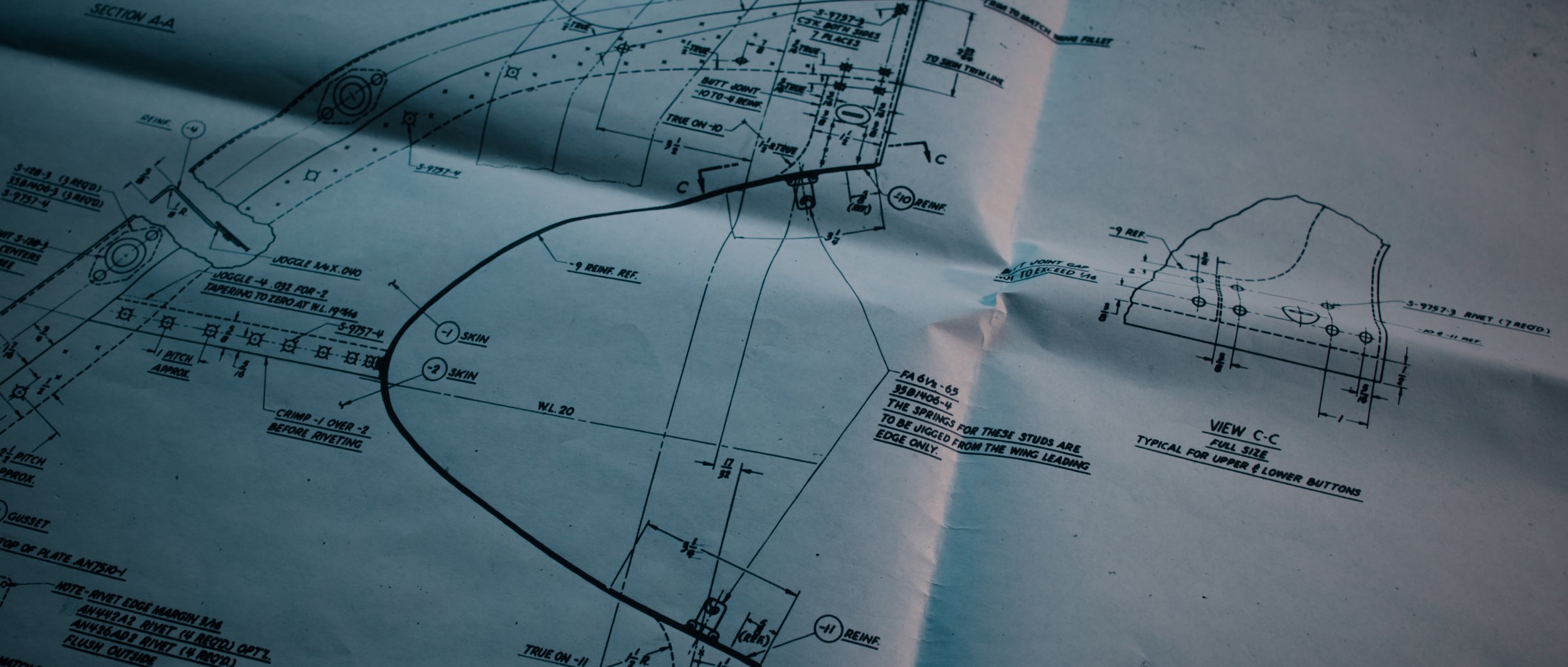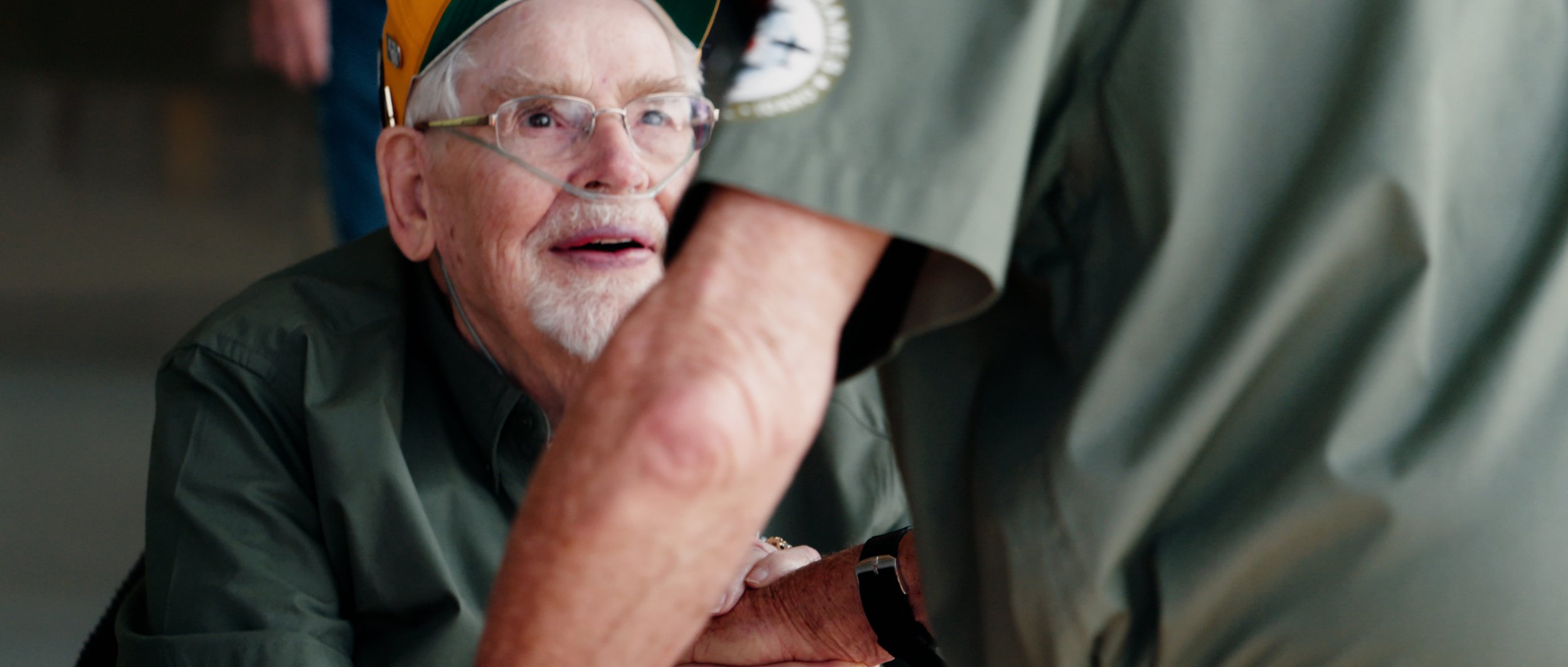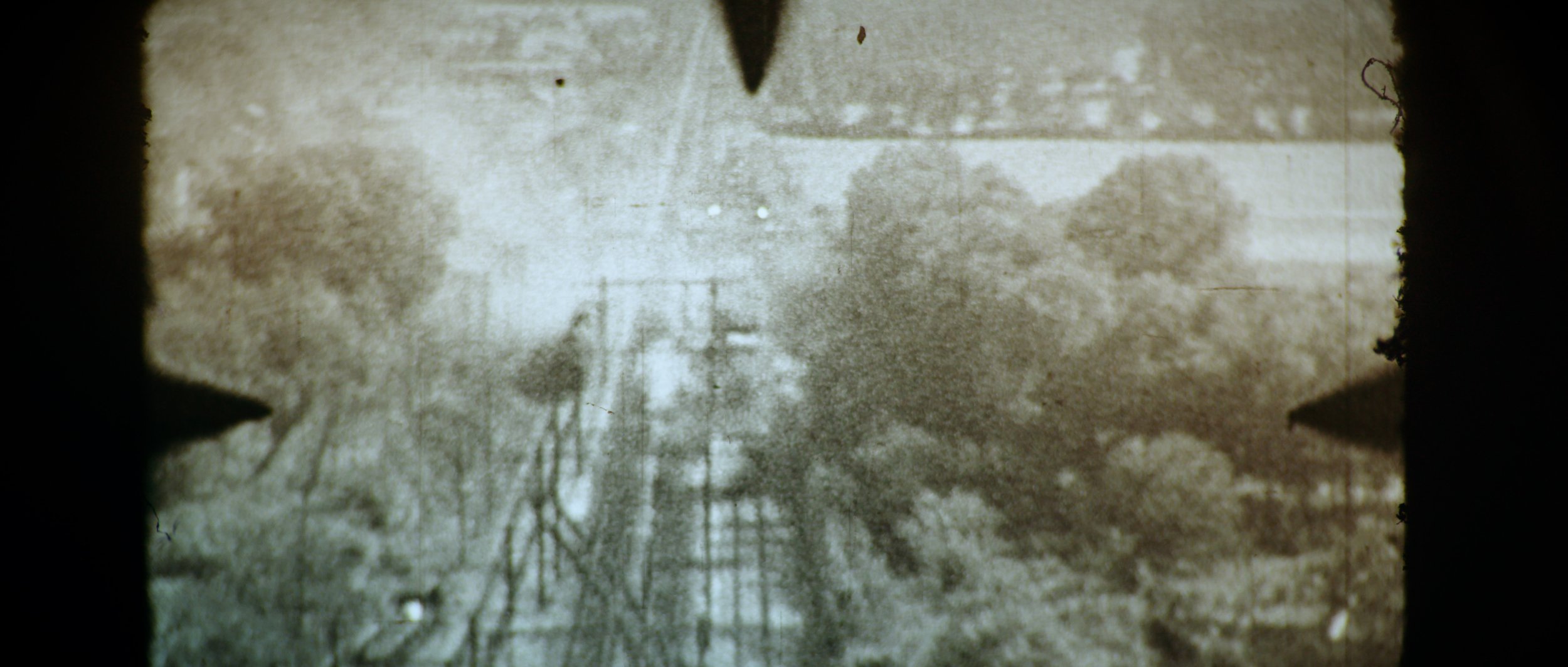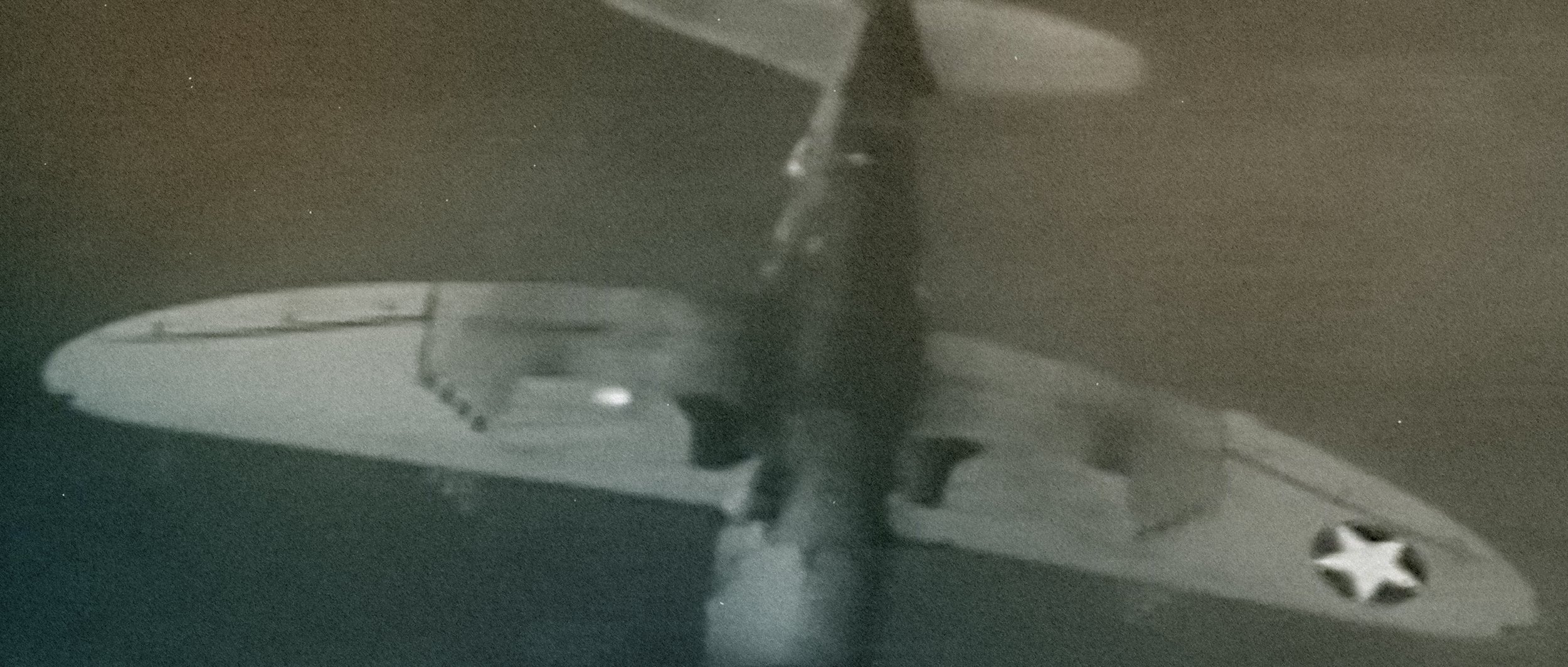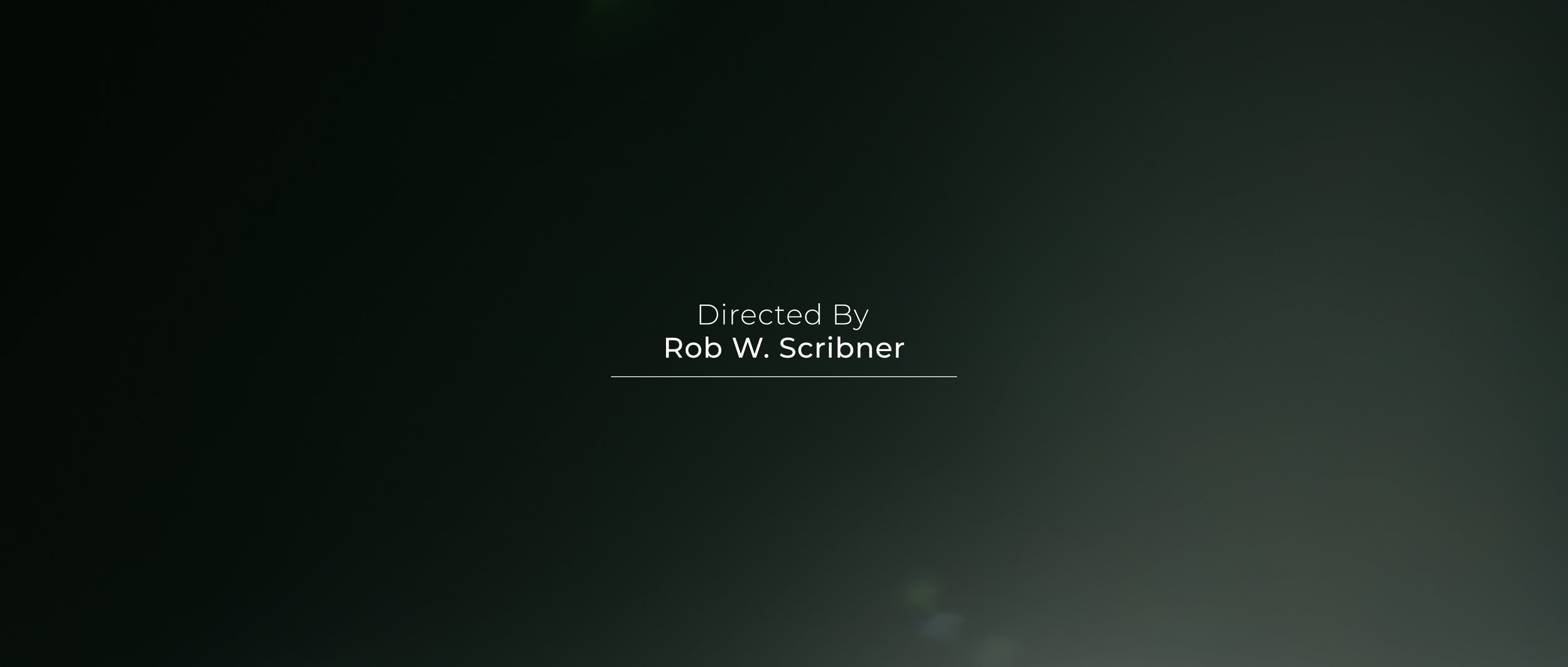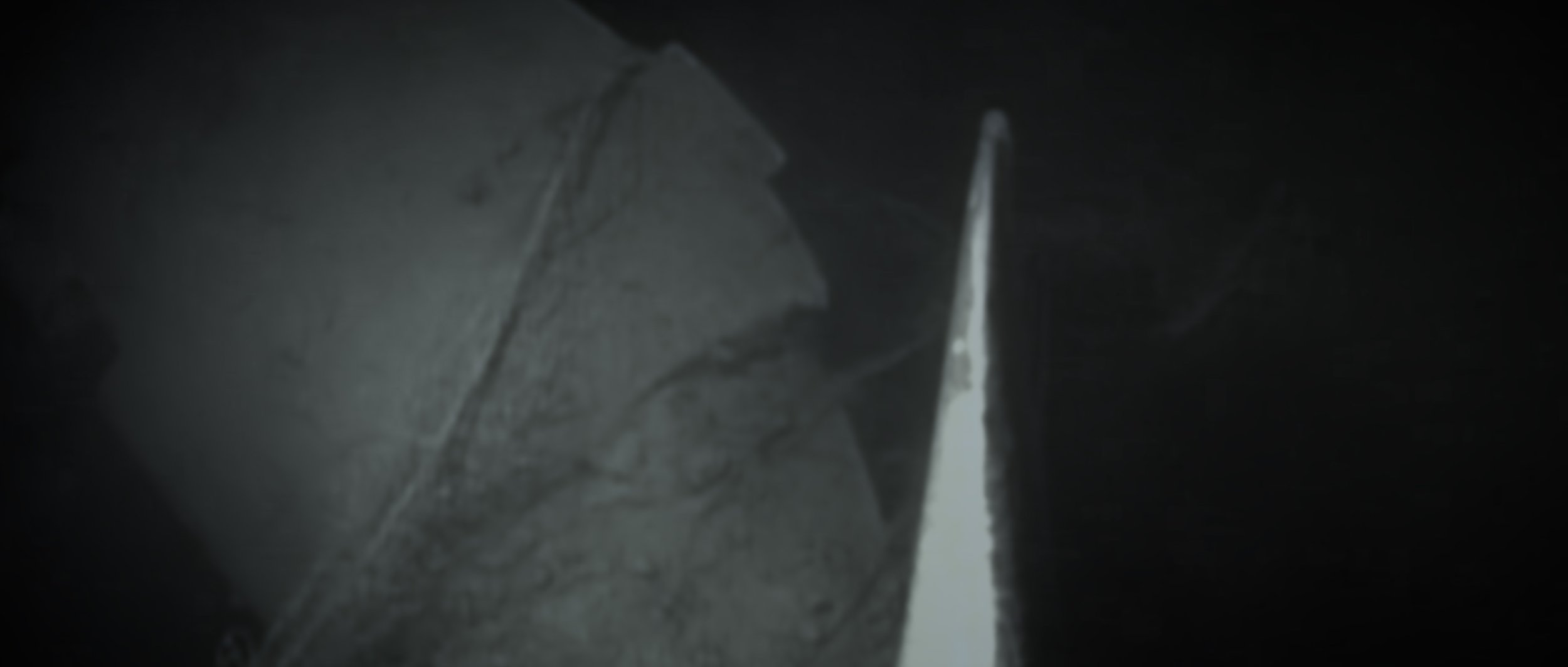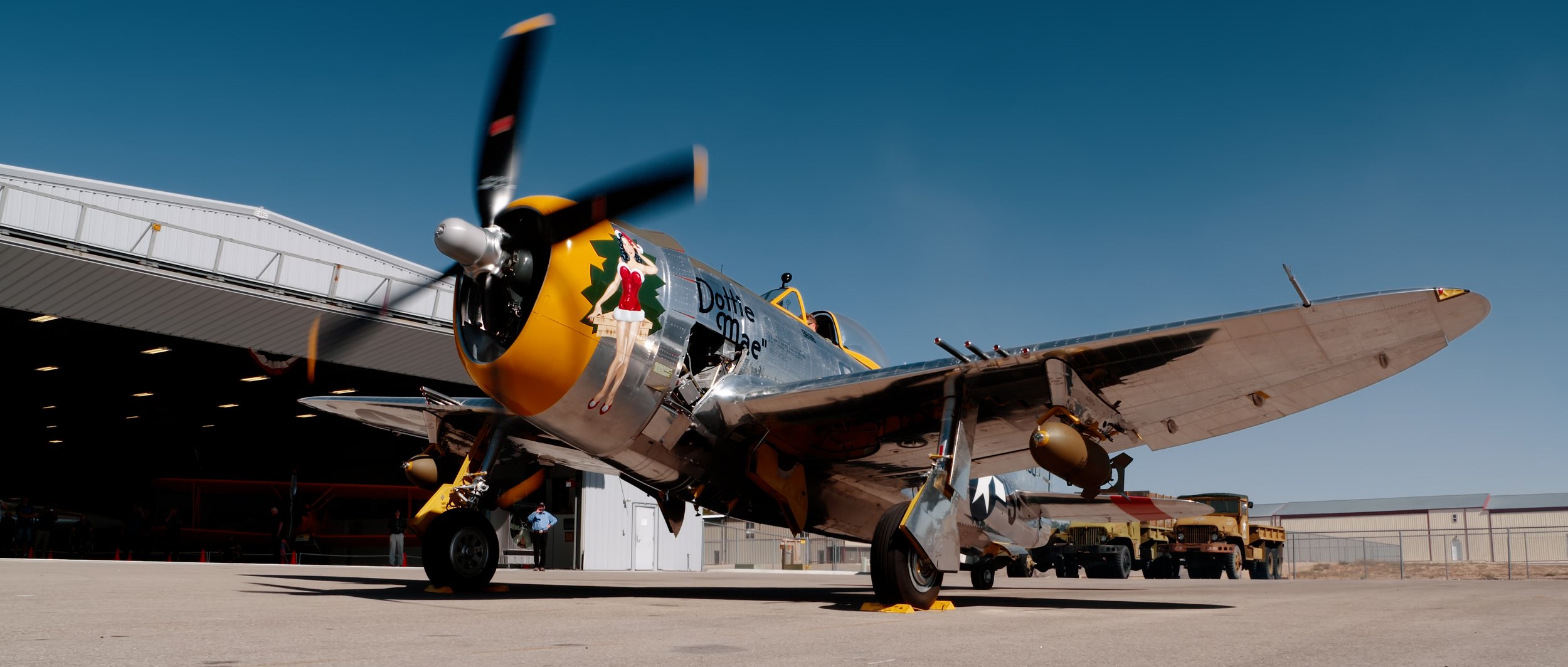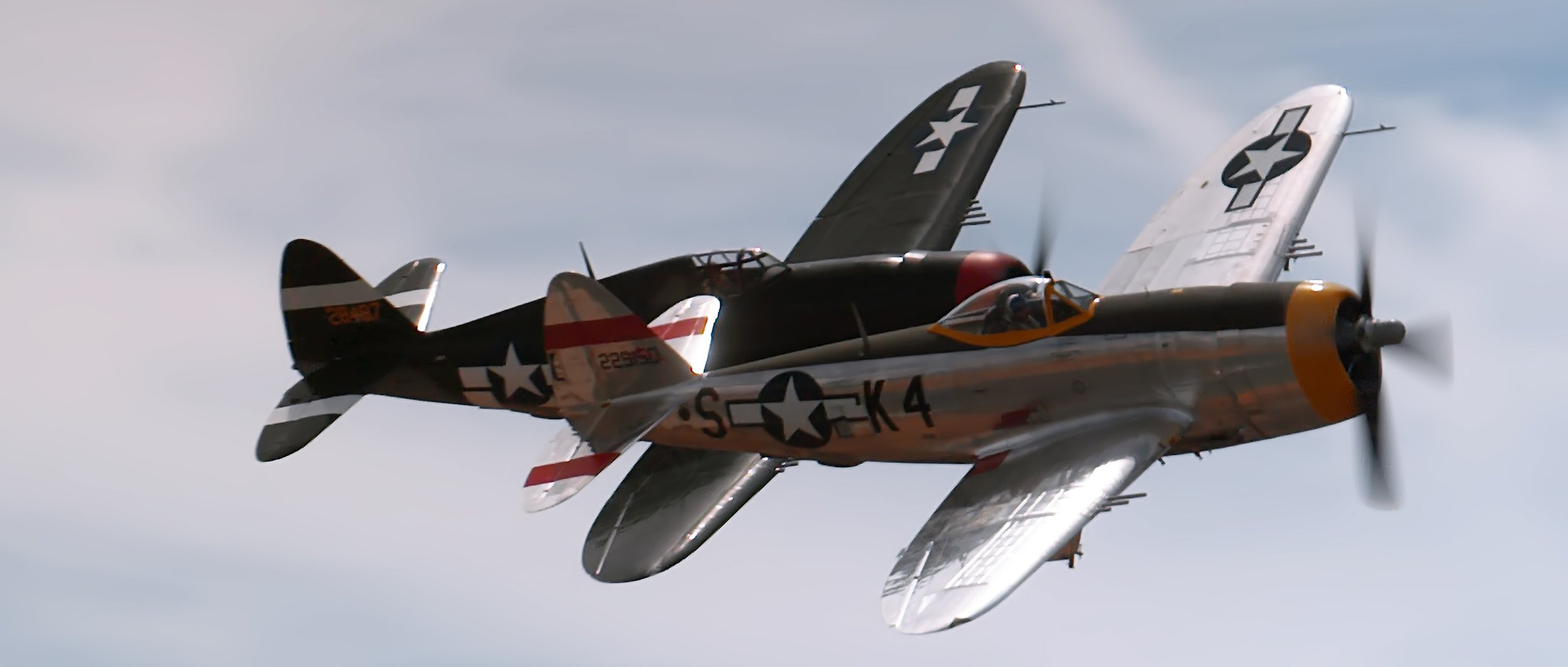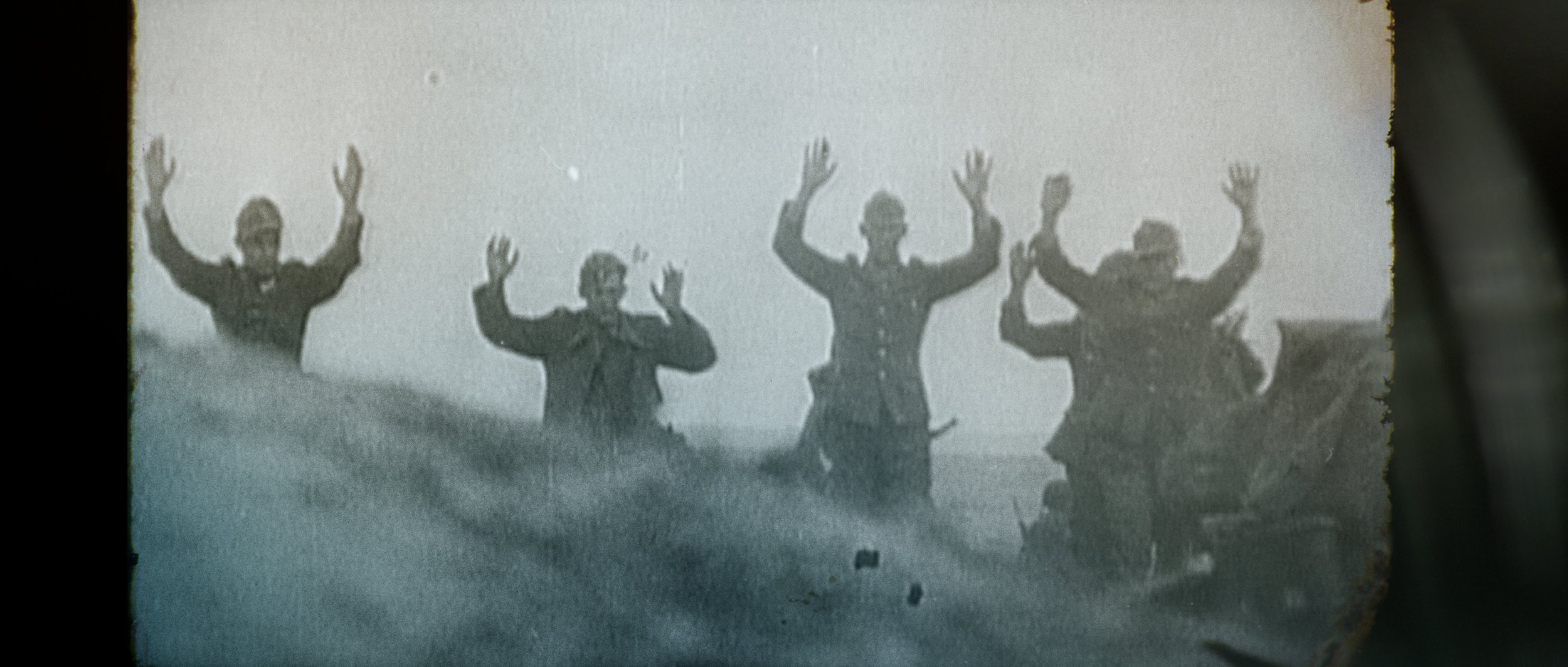The Last Fighter Down
After crash-landing into an Austrian lake during the last day of World War II in Europe, the combat-proven P-47 Thunderbolt, affectionately known as 'Dottie Mae,' becomes the 'Last Fighter Down' of the war. Submerged for 60 years, this extraordinary story unfolds as we journey from the original pilot's perspective to the dedicated individuals who resurrected her, revealing the historic tale of 'Dottie Mae' finally brought back to life.
View Trailer Here:
The creation of The Last Fighter Down has been a six-year labor of love, and I'm thrilled to announce that it's now completed. Currently, we have secured licensing for festival screenings, and once the film is accepted into a festival, we'll share it on our website and social media platforms for public viewing. If you're intrigued by the film and would like more information, please don't hesitate to reach out to me at any time, and I'll respond promptly.
Directors Statement
As a lifelong aviation enthusiast, my journey into filmmaking was catalyzed by my early fascination with airplanes, leading me to join the Air Force at the age of 17. Although military life wasn't a long-term career path for me, it provided an unexpected doorway to my true passion when I discovered a camera. This marked the beginning of my love affair with filmmaking, and it didn't take long for me to recognize the potential of crafting a film about something I intimately understood.
"Warbird Pilot: Behind the Visor" became the manifestation of that vision, a film meant to inspire and motivate. Its success opened numerous doors for my career, fueling my desire to explore aviation filmmaking further. When the opportunity arose to document the restoration of the Plane K4-S, I eagerly seized it as a chance to experiment with new techniques and gain hands-on experience.
Embarking on my first full-length feature documentary with "The Last Fighter Down," I aimed to create a viewing experience reminiscent of documentaries seen on Discovery Channel or National Geographic. In a landscape oversaturated with avant-garde content, I wanted to harken back to the traditional educational documentaries that influenced my filmmaking journey. The film's 2:35 aspect ratio was a deliberate choice, symbolically framing the plane in a wide perspective, enhancing the overall viewing experience.
Securing historical content for this project posed a unique challenge, deviating from my usual practice of shooting everything in the final edit. The difficulties encountered in acquiring historical footage provided valuable lessons, expanding my understanding of content acquisition—a skill set I would not have developed otherwise.
The meticulous animation of still frames with a parallax effect during the editing process was a labor-intensive decision aimed at infusing life into the visuals. While time-consuming, this approach was chosen to elevate the production value and bring dynamism to the static images, reflecting my appreciation for movement and visual depth.
"The Last Fighter Down" became a special and challenging project, taking approximately six years to complete. Despite facing numerous obstacles, the project evolved into something beyond our initial vision, a testament to perseverance and adaptability. The film, now a source of pride, serves as a platform to apply the lessons learned to future endeavors. With each twist and turn, the project reinforced the importance of resilience, and I am eager to leverage this experience in my next major undertaking.

